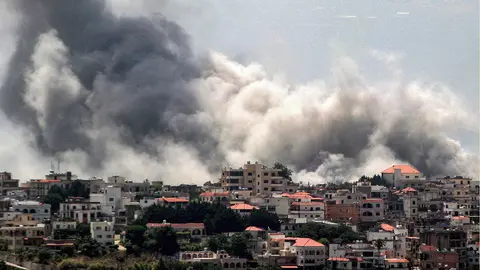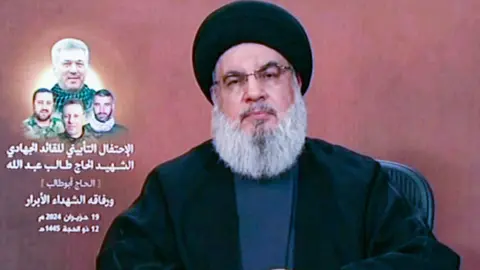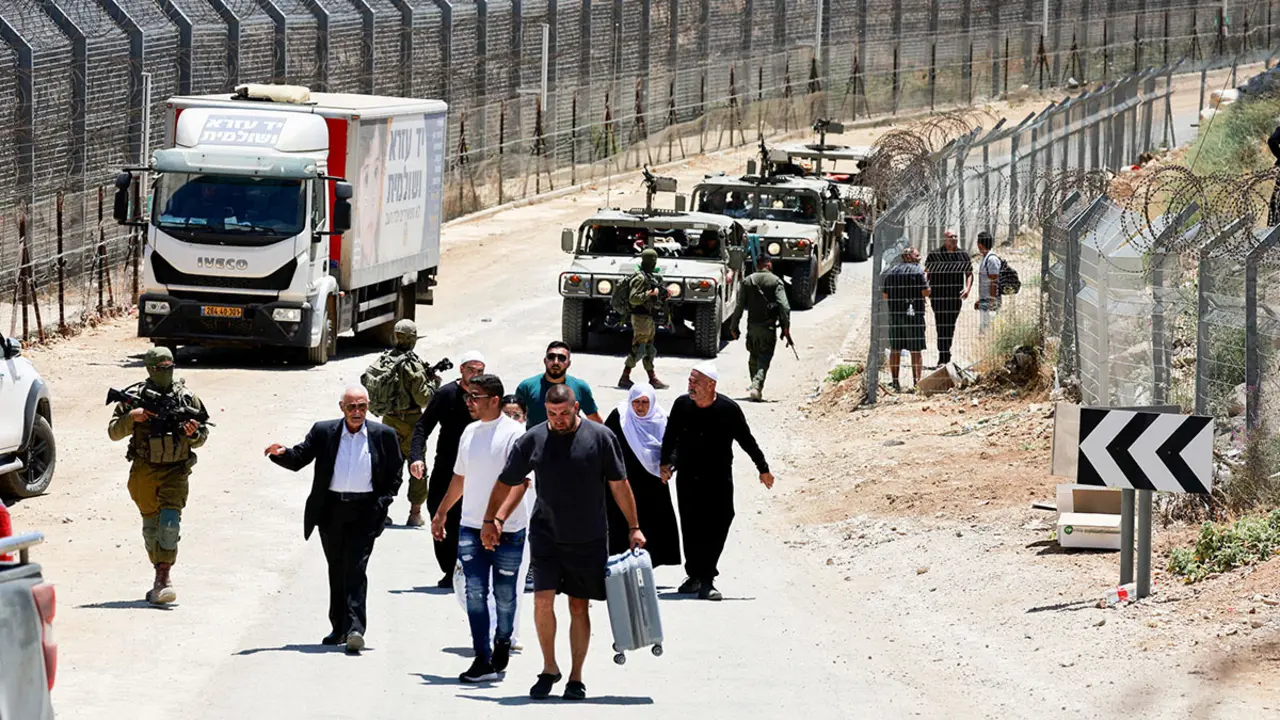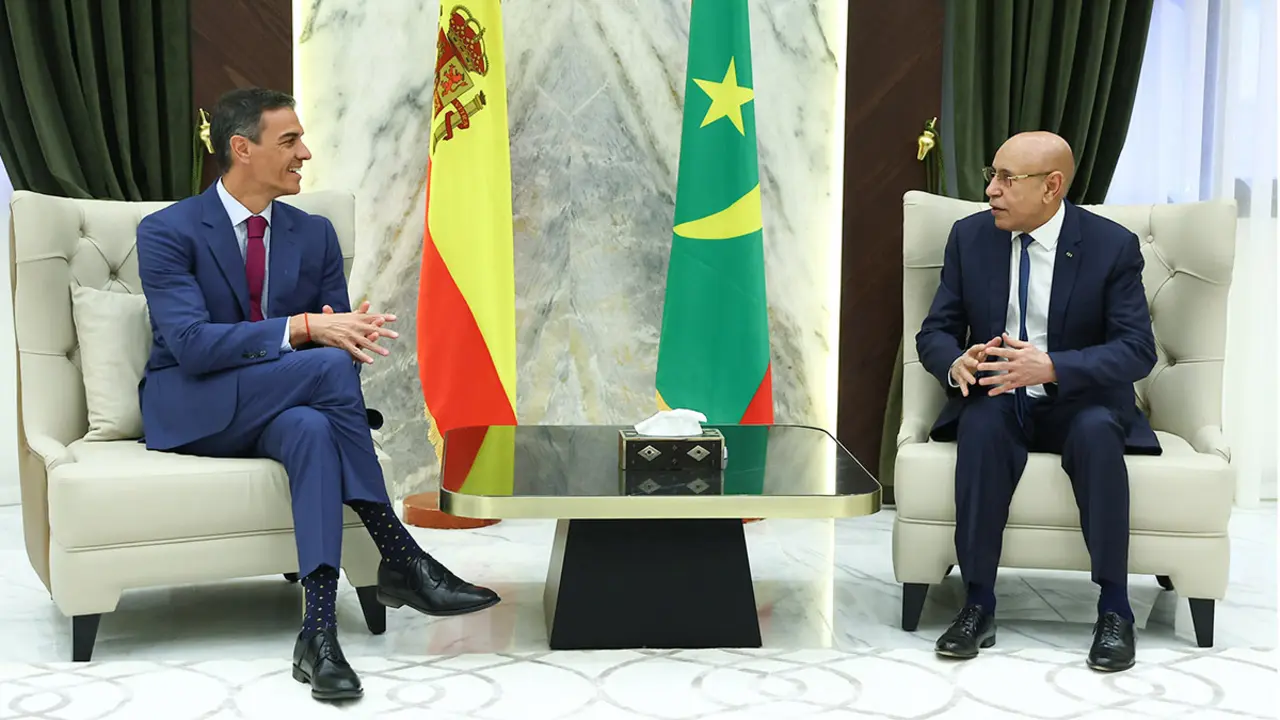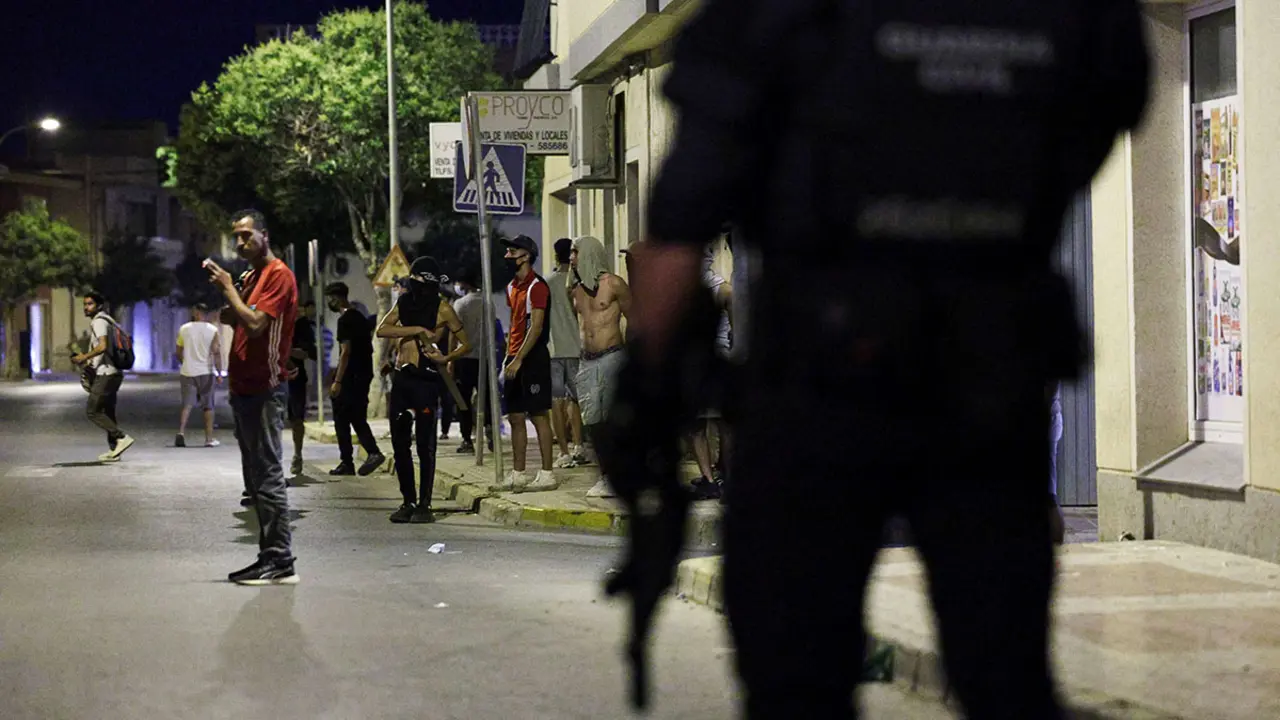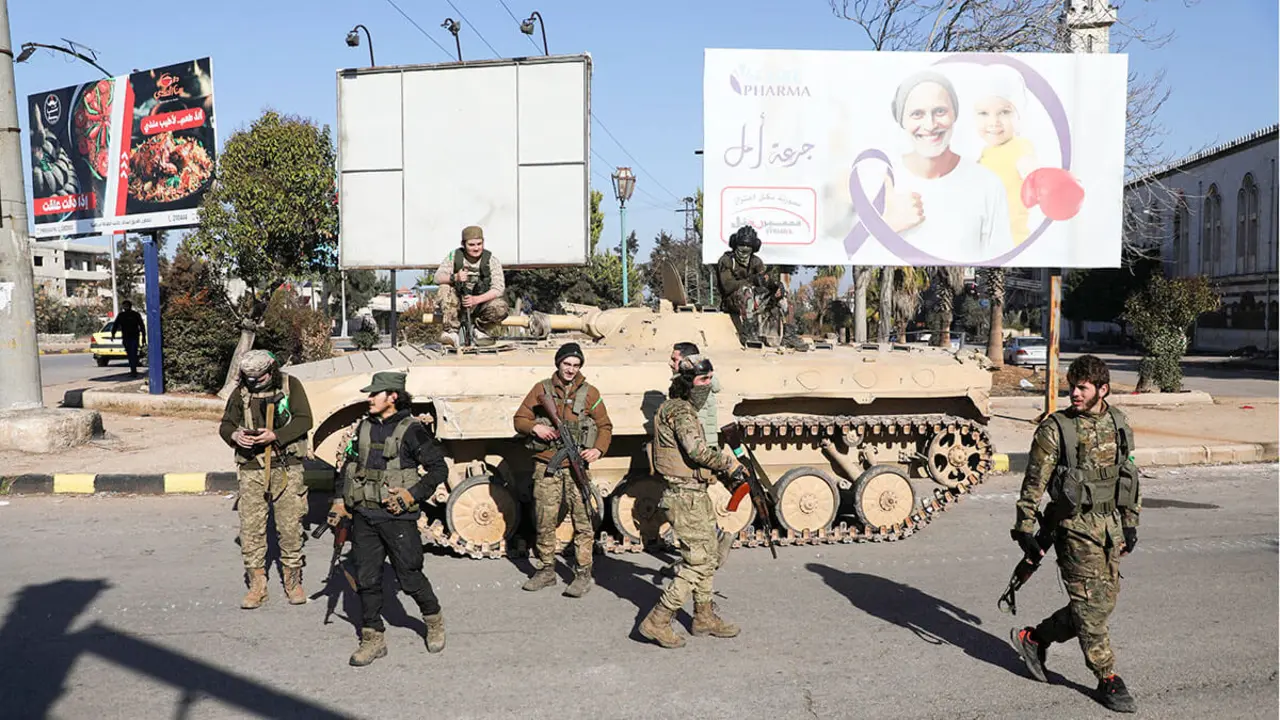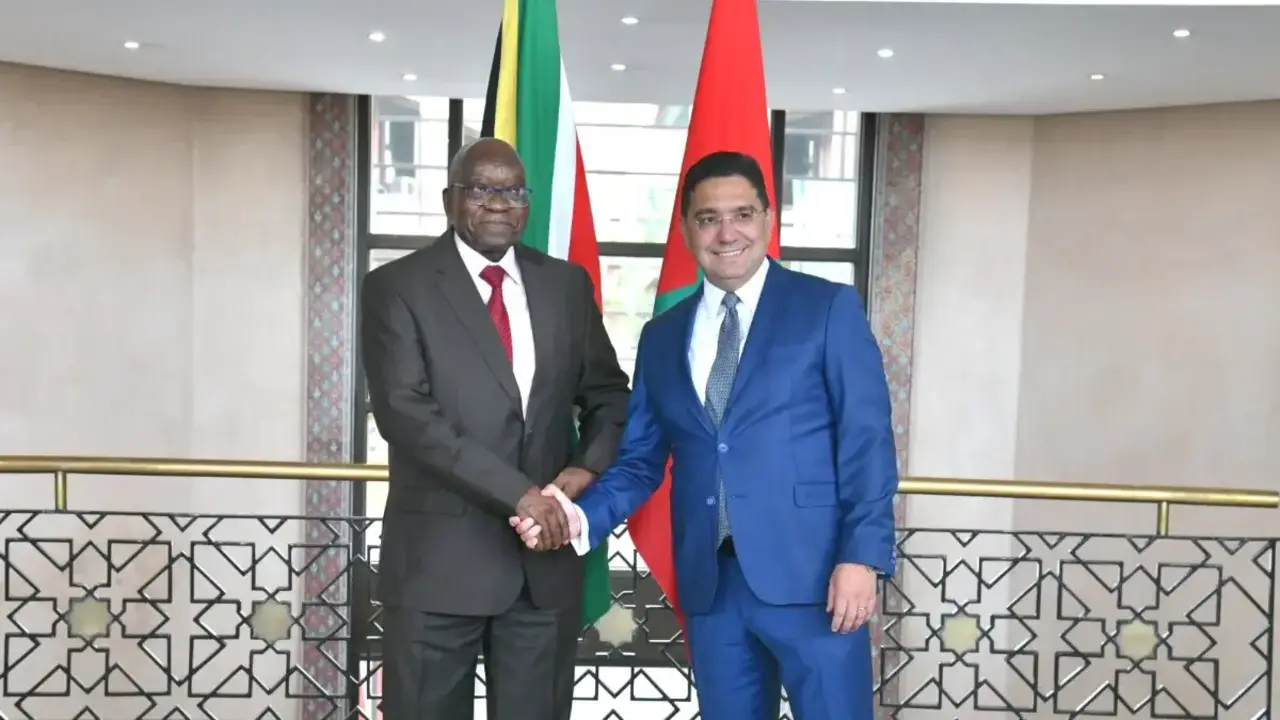Israel sets deadline to end Gaza ground war
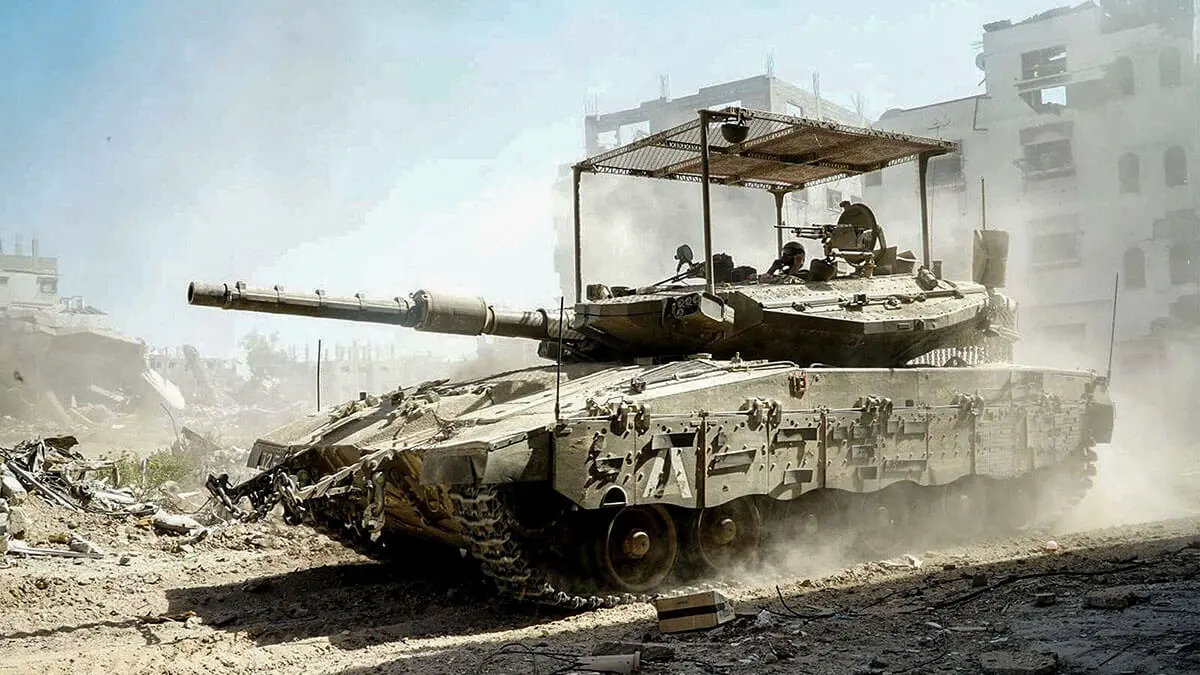
Israel continues to see the bloodless Gaza war drag on. The offensive on the Strip has been going on for quite some time now, leaving tens of thousands of casualties on the ground.
The Gaza war came in response to the horrific attacks by the radical Palestinian group Hamas on Israeli territory on 7 October that left around 1,200 dead and more than 3,000 wounded, along with dozens of hostages.
Israel's armed response was forceful and focused on launching attacks against the Gaza Strip, controlled by the Palestinian group Hamas, which is classified as a terrorist group.
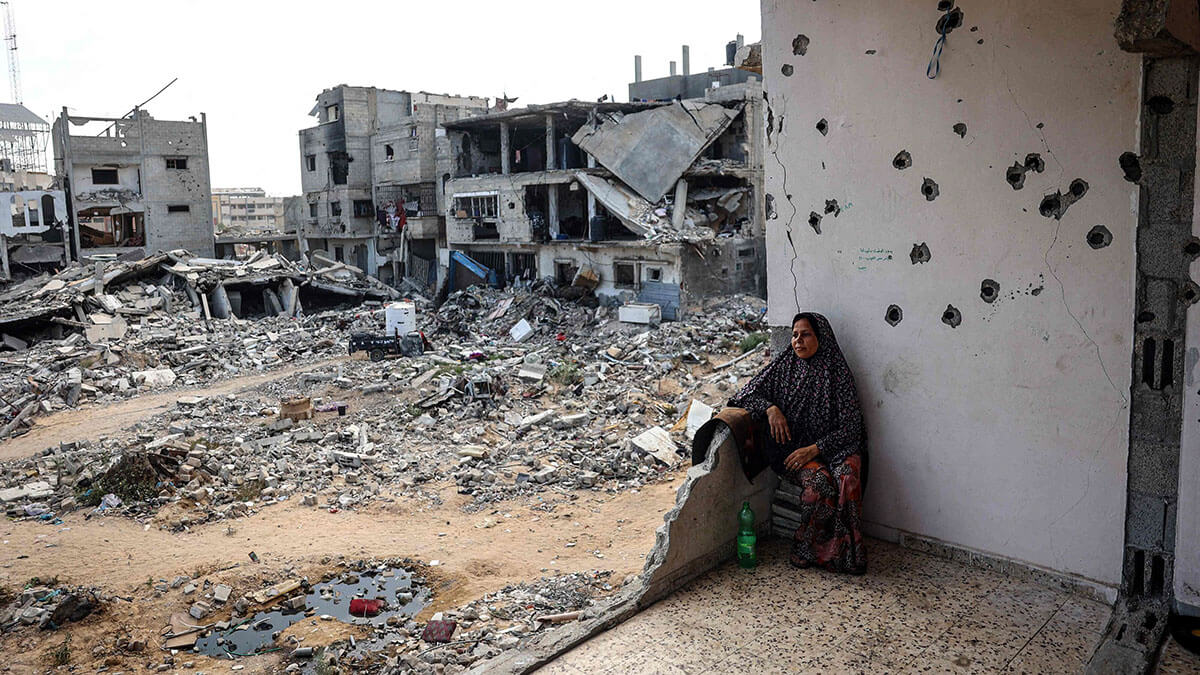
Israel is now setting a date to end the ground invasion of Gaza and to set the stage for the next stage of the war.
Given the escalation of attacks and bombings further north in the confrontation between the Shiite Hezbollah group in Lebanon and Israel, the need for the Hebrew army to gather forces for a possible fight further north on the Lebanese border, from where attacks by the radical Hezbollah group against Israeli positions arrive in order to respond on behalf of the Palestinian people, has arisen.
As it is, the Israeli army has indicated that it needs a period of four weeks to finish the ground operation in Rafah, south of the Gaza Strip, in preparation for moving on to the next phase of the war and focusing on the confrontation in the north, close to Lebanon.
According to various sources, including Al Ain News, the Israeli presence in the Gaza Strip will be reduced, although its forces will remain in the Netzarim Corridor, which divides the Gaza Strip, and the Philadelphia Corridor on the border between the Gaza Strip and Egypt.

Since the beginning of the war, the Israeli army has been constructing a militarised corridor in Gaza, which crosses the territory from east to west. This strip, used by Israel to monitor the area and organise incursions, cuts through the north and south of the territory and is called "Netzarim", after a former Israeli colony in Gaza dismantled in 2005.
Meanwhile, the Philadelphia Corridor is the code name given by the Israel Defense Forces to the land that runs parallel to the border between Egypt and the Gaza Strip in Palestine.
This latest determination on developments in the Gaza war was made during a meeting between Israeli Prime Minister Benjamin Netanyahu, Defence Minister Yoav Galant and senior IDF officers.

A new phase, known as "targeted bombing", is envisaged, with air strikes directed at Hamas from a distance. This strategy will reduce the ground presence on the ground in the Gaza Strip in order to recover troops and redeploy them to other fronts, such as the Lebanese border.
The Israeli Broadcasting Corporation indicated that the Israeli government gave permission to the armed forces to enter the new phase of fighting in the Gaza Strip. "This step will be linked to the achievement of progress in the communications exchange agreement and the situation on the border with Lebanon (...) The army plans to maintain forces in the Philadelphi axis and the Netzarim corridor, which divides the centre of the Strip into two parts," the official Israeli media outlet said.
Meanwhile, Haaretz media confirmed the trend of reducing ground forces in Gaza in order to move to a regime of raids against Hamas targets there and transferring forces to the north.
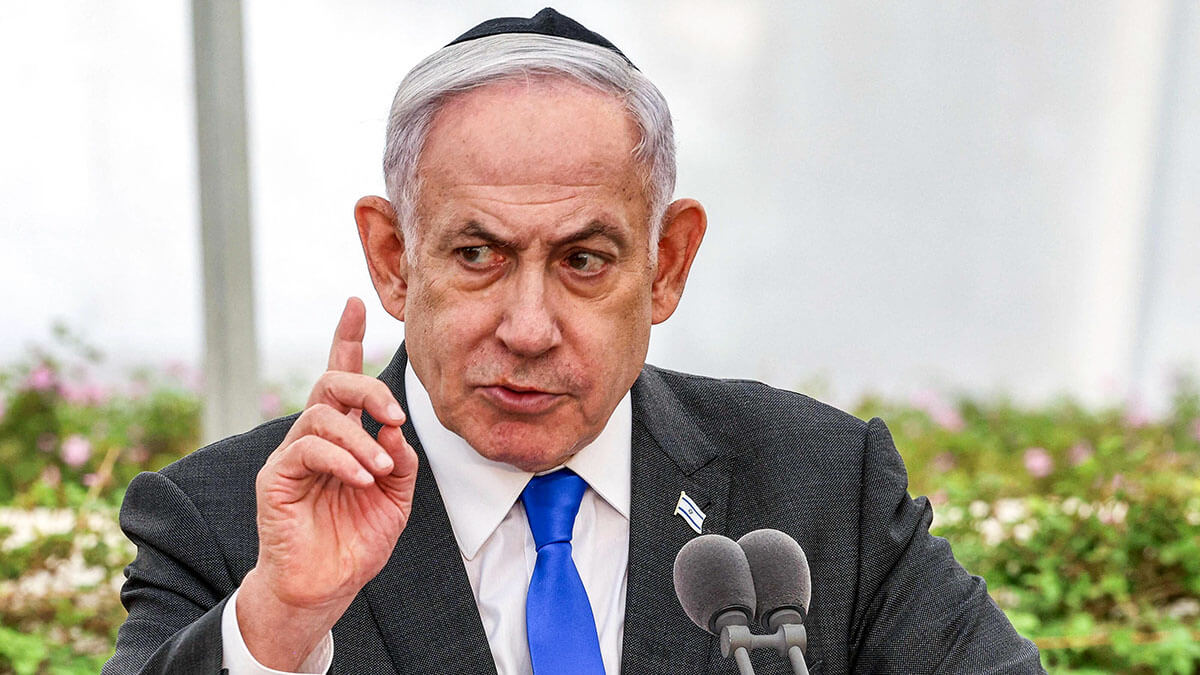
The question now is how the Israeli executive can publicly sell this decision to the public if it is a withdrawal of troops on the ground. Given the need to match this move with the idea that the Israeli army is achieving its objectives in the Gaza war, despite the fact that Hamas has not been completely defeated and fighting continues, with the memory of the many hostages still in Hamas hands.
Meanwhile, Israel has continued its bombardment of the Gaza Strip after issuing evacuation orders that have forced hundreds of thousands of inhabitants to flee several sectors of the southern Palestinian territory, devastated after nine months of war.
All this in a complicated war scenario for Israel, as Hamas has controlled the territory of the Gaza Strip to the millimetre, using a network of numerous logistical points in various places where the civilian population lives or where there are sensitive infrastructures, such as health facilities, which serve the armed objectives of the radical Palestinian group, according to various experts.

